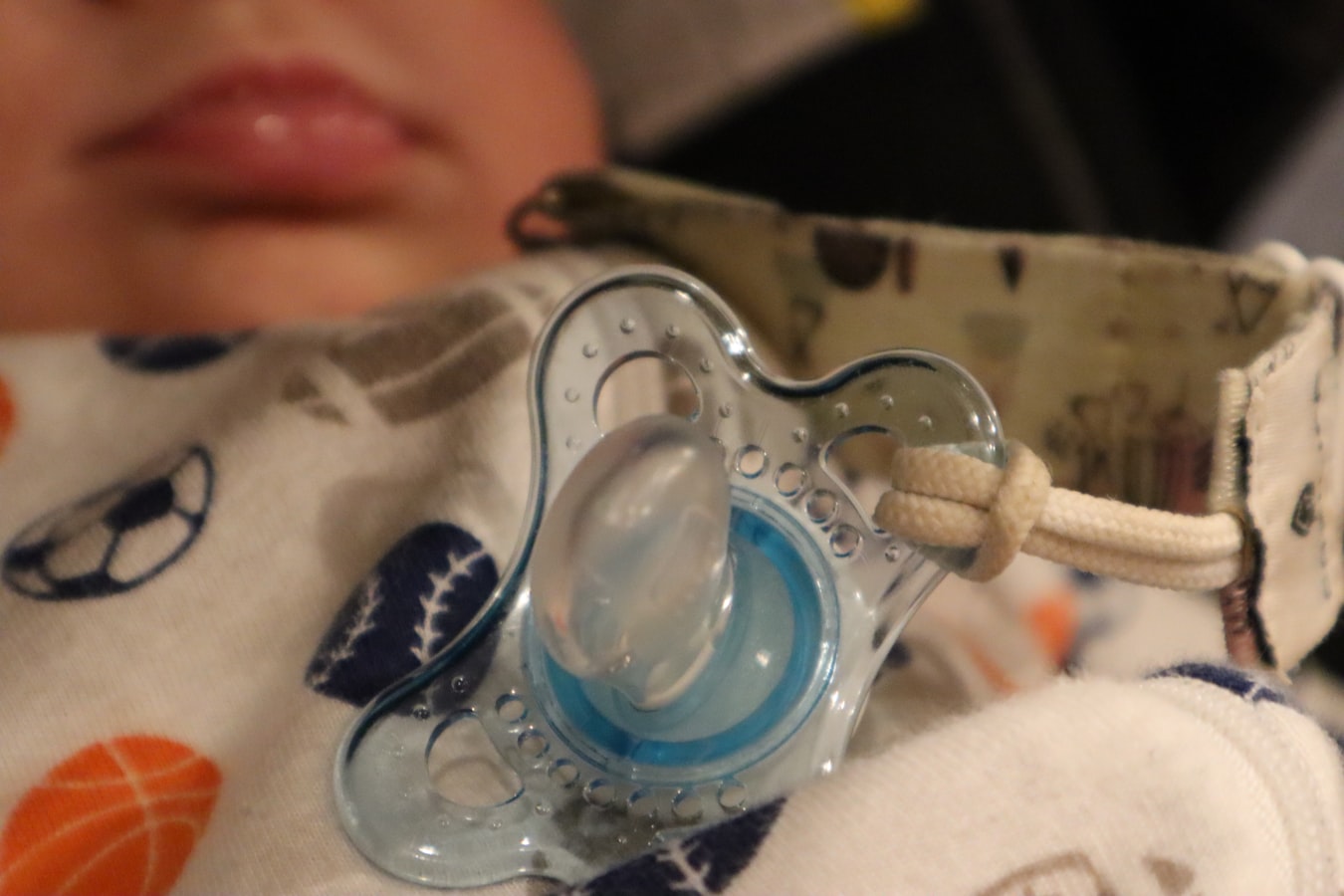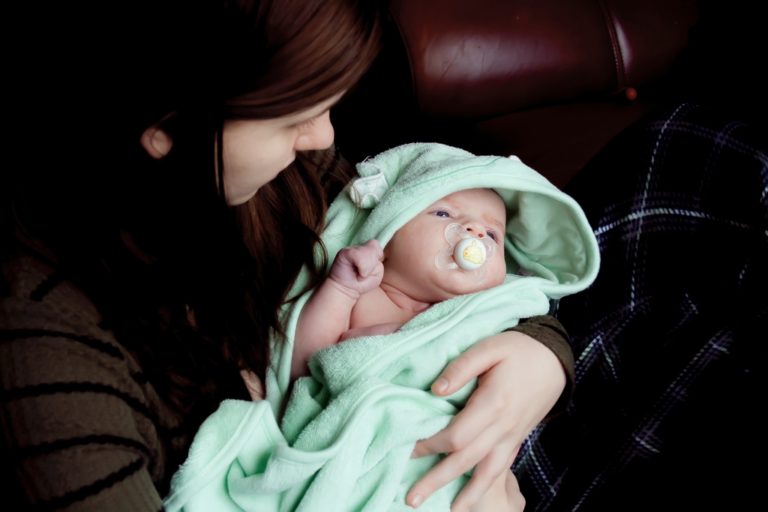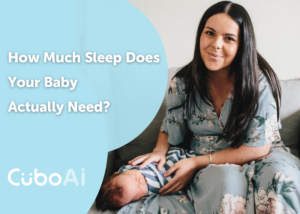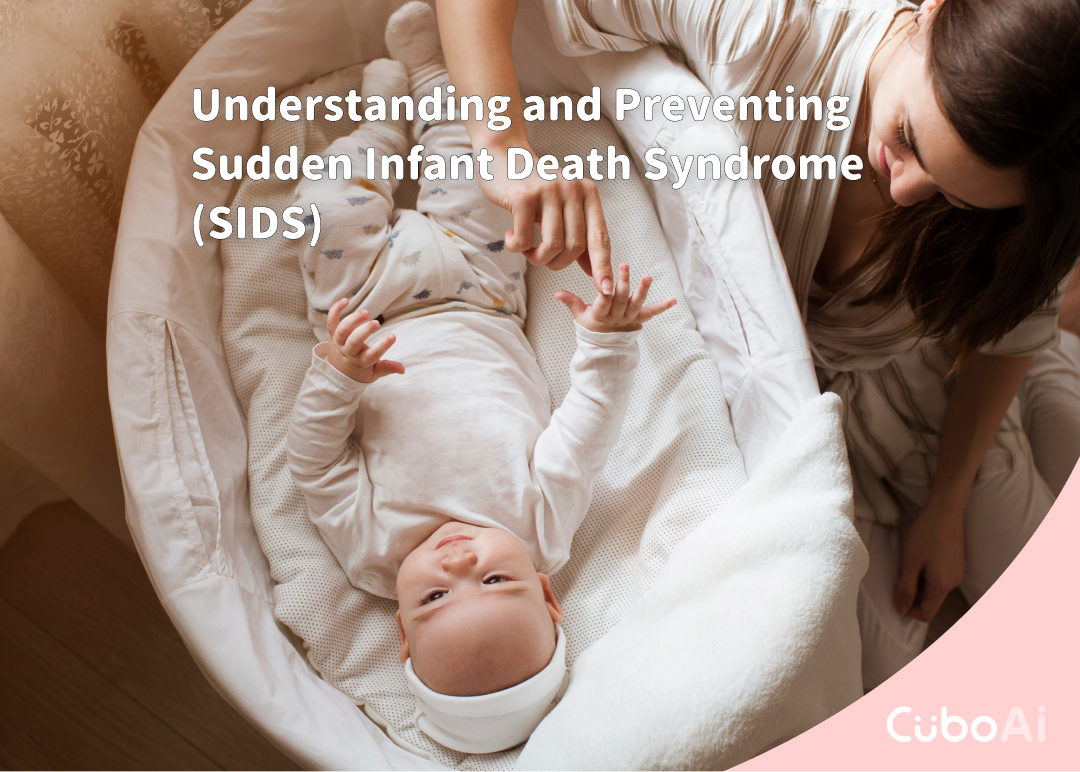Dummies, pacifiers, binkies, comforter, it hardly matters what you call them, parents have the same questions either way. ¿Are pacifiers safe? ¿Do they affect your baby’s dental development?
Children have been using binkies for generations, but concerns remain as to whether or not it’s good for babies. After all, it is a foreign object in their mouth for extended periods of time.
We’ll certainly get to all of your concerns and questions, but first, let’s take a look at why your baby (and almost other baby) is attracted to a pacifier in the first place.
Why (some) babies love pacifiers
You may be surprised to know that sucking is a natural movement that babies start practicing before they’re even born. That’s right, they’re both growing organs to last them for life and practicing how they’re going to nourish them.
Babies are incredible!
Though the practice is mainly to feed more effectively, what they call “non-nutritive sucking” is also extremely normal. If your baby doesn’t take a pacifier it can be simply because they prefer breast/bottle feeding or have found their own little fingers first and like that more.
This won’t be detrimental in any other way than finding something to soothe them as quickly and effectively as a “binky” does. Oh and weaning them off a thumb or a finger. That can prove tricky, too.

Are pacifiers good for your baby? Pros and cons
Whether or not you should give your baby a pacifier is entirely dependent on how you feel about the pros and cons.
Overall, pacifiers can help caregivers keep a baby calm in an infinite number of situations. Whether it’s giving them something to do at their sibling’s dance recital or keeping their ears from popping on a plane, they’re effective! Well, if your baby will even take one (because some definitely don’t).
So should you feel guilty using them even though they give you much-needed quiet time? Let’s take a look at some of the effects of using a pacifier.

Pacifiers and oral development
Of course having something pressuring inside your mouth for months or years on end is eventually going to have some effects on your mouth.
For more information on this, we consulted teeth experts, Colgate, to answer the question “are pacifiers bad for teeth?”
The main issue with pacifiers is that they can affect the development of the roof of your little one’s mouth and the alignment of their teeth. While you’ll find some issues stemming from sweetened binkies and dirty pacifiers, etc., the problem is mainly in the structure of your child’s bite.
Additionally, pacifiers can increase the possibility of ear infections and can present issues when trying to latch for breastfeeding (more on this later).
Pros of using a pacifier
- It is better than thumb sucking. Only because it’s easier to wean a child off pacifiers than it is off thumbs. After all, you can only take one of those away.
- It can simplify your sleep training efforts by giving your baby another tool to self-soothe.
- They facilitate ear-popping on planes. The sucking motion will protect your baby’s ears and keep them comfortable on flights.
- They’re a good sleep accessory for sleep safety and can help prevent SIDS (more on this later).
Cons of using a pacifier
- Pacifiers are linked to more ear infections, so it’s recommended that you pause use if your little one starts having ear infection.
- Binkies could get in the way of the process of breastfeeding if introduced too early. The “nipple” on binkies and bottles are different as well, so it can also be difficult to bottle feed.
- It does show problems with dental development if used for too long after age 2.
- They can increase the risk of candida (bacteria in the mouth) if not washed regularly.
- Weaning can be just as difficult as weaning off of breastfeeding when you’re ready to go off pacifiers.
Sucking a pacifier vs thumb
It’s important to note that the problems mentioned above aren’t specific to pacifiers.
Thumb-sucking also causes similar issues. The main importance is how babies toddlers are using the pacifier. If they are placing their thumb or pacifier in their mouth lightly, it shouldn’t be a big problem long-term.
If you see them sucking their thumb or pacifier actively and constantly, it could be time to limit how long they’re able to use it for or even talk to a pediatric dentist.
When pacifier problems start
Here is the good news: Pacifiers won’t start causing problems while your baby is a newborn. In fact, they are very unlikely to cause any issue in your baby’s first two years.
This means you can happily place a pacifier in your baby’s mouth when they’re fussy or need to soothe and not feel guilty about it. It’s a tool and you’re allowing them to use it temporarily until they learn other tools to self-soothe.

Are pacifiers safe for sleep?
Parents all over the world see their babies soothe themselves to sleep with a pacifier and think “should I remove the dummy once baby is asleep”?
Studies have shown multiple results that the use of a pacifier can lower the risk of SIDS, though the reasons why are still blurry. So far, nothing has shown that pacifiers are unsafe for sleep.
AAP-Recommended Pacifier Safety tips
Still, there are ways to make the pacifier safer to have in the crib to keep your little one from getting tangled, confused, and even possibly infected because of the misuse of binkies.
Here are some AAP pacifier safety tips:
- During the time that your baby is learning to breastfeed, avoid the pacifier altogether. If that’s just not an option, try to not use it at night.
- Clean pacifiers with hot water regularly to disinfect them.
- If you use something to tie your baby’s pacifier to their onesie during the day, remove it when they’re in the crib. It can pose a strangling risk.
- Make sure your baby’s pacifier is age-appropriate, is only 1 piece, and has breathing holes in the guard
Are pacifiers safe for newborns?
In technical terms, no. A baby is a newborn from day 1 until they’re about 8 weeks old. Since you’ll mainly want to teach your baby how to feed during the first month, whether bottle fed or breastfed, keep that time pacifier-free.
It’s not necessarily that they’re unsafe for the baby, but rather that you want to keep their sucking motion focused on getting nutrition, not just soothing.
If for any reason you were to use a pacifier while your baby is a newborn, there are no indications in the AAP that we could find saying it’s unsafe.
When should you introduce a pacifier to your baby?
You can still introduce a pacifier during the newborn stage, it’ll just be more around the 5th or 6th week if you follow expert recommendations. Like we mentioned before, the key is finding an age-appropriate size, making sure they can still breathe while they’re sucking on them, and that they’re not tied to anything that can strangle them.

Are pacifiers safe for newborns?
In technical terms, no. A baby is a newborn from day 1 until they’re about 8 weeks old. Since you’ll mainly want to teach your baby how to feed during the first month, whether bottle fed or breastfed, keep that time pacifier-free.
It’s not necessarily that they’re unsafe for the baby, but rather that you want to keep their sucking motion focused on getting nutrition, not just soothing.
If for any reason you were to use a pacifier while your baby is a newborn, there are no indications in the AAP that we could find saying it’s unsafe.
Types of pacifiers
Pacifier parts and materials
There are three parts to every pacifier. The “nipple,” the shield and the ring. Before, those used to be three separate parts that would then be assembled for distribution. Now, manufacturers mold one piece of rubber or silicone so the parts can’t be separated (and possibly swallowed).
The shield keeps the nipple from being swallowed entirely and should have holes which both keep saliva from pooling and allow for breathing.
Finally, the ring allows parents to easily remove the pacifier from their baby’s mouth and can be attached to a strap to keep it from dropping to the floor when they’re walking about.
So, let’s address that nipple situation (the pacifier’s, not yours, don’t worry).
Are there good and bad nipple shapes for pacifiers? Hard to say. They come in two types: the rounded nipple and the orthodontic nipple. This isn’t that difficult to decipher, one looks like a small ball, the other is flat on the bottom and round on top to fit the baby’s mouth. The manufacturers of the latter say that this has less of an effect on oral development, but we’d still recommend discontinuing use after age 2.
Additionally, any pacifier that adds “BPA Free” isn’t doing anything extra to get on your registry. Every US-sold pacifier currently must be BPA-Free, which is a relatively simple ask since the materials used don’t usually contain BPA anyway.
Recommended pacifiers
Best pacifier for newborn
For newborns, the cutest and safest 1-piece pacifiers we’ve found are these Avent Ultra Air models found on Amazon and other sellers.
safest pacifier for baby
Frankly, at this point as long as you’re going along with recommendations listed in this post, it’s likely you’ll already choose the safest pacifier for your baby. So follow the tips listed above for choosing and use, find a design you like (why not a mustache?), and have some delivered.
Interested in taking your newborn’s safety to the next level? There’s a smart baby monitor for that.





